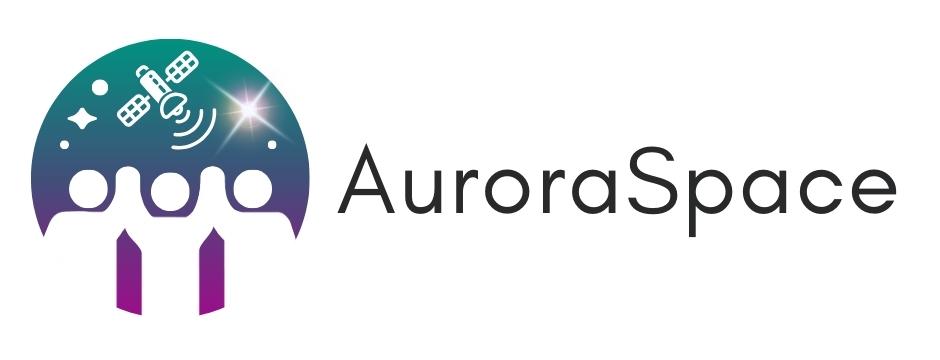NTNU SmallSat Lab
NTNU Small Satellite Lab
We operate two research satellites, the HYPSO-1 and the HYPSO-2, was launced from Vandenberg Spaceforce Base on the 16th of August 2024, at about 2056 CEST. The satellite was be onboard an Falcon 9 rocket, for the Transporter-11-mission from SpaceX, together with 104 other payloads.
We have completed the LEOP-phase for the satellite bus, and we are now doing validation of the instruments on-board. The intitial results looks promising and we are comparing the performance the HSI-instruments of both satellites.
The playback of the launch, as streamed by SpaceX and can found here.
The lab
The NTNU Small Satellite Lab drives the small satellite and remote sensing research activities at NTNU, and is a leading research and education community for space activities in Norway.
Our research group consists of about ten PhD-students, a few post.docs and 10 -- 30 bachelor- and master students every semester. Physically, the lab consists, computing equipment, a concurrent design work space as well as an well-equiped ESD-safe area for development and testing of electronic and mechanical parts for payloads and platforms. We also have a industrial thermal vacuum chamber (TVAC) and an optical lab for tests and payload development. In addtion we control and operate our own satellites in orbit.
The SmallSatLab collaborates closely with other field laboraties at NTNU, including the UAV-Lab and AUR-Lab.
Activities include
- Projects supported by internal NTNU-funding, including the previous research senter AMOS, Norwegian Research Council, Norwegian Space Agency, ESA, EEA/EU and others:
- Small satellite mission with hyperspectral imager to support oceanographic applications (part of satellites HYPSO-1 and HYPSO-2).
- Small satellite mission with software defined radio to provide better communication systems in the Arctic (part of the satellite HYPSO-2).
- For more information on these projects as well as other projects where the members of the SmallSat lab contribute, see the project overview tab.
- The student satellite project Orbit, including the satellites SelfieSat-1 and FRAMSAT-1 & FRAMSAT-1.5.
For the HYPSO-2 mission we have a project with the ESA PRODEX office, which is supporting the electrical and electro-optical development of the payload. This includes requirements development support, so that the NTNU team can learn more about how ESA projects are run.
We are also part of several international networks and projects. As of December 2020, the lab is part of the ESA_Labs@NTNU initiative, and we are actively contributing to the Auroraspace project, funded by the Interreg Aurora-program.

We are contributing and can be met at these upcomming events.
- Finnish Winter Satellite Workshop - 21st to 23rd of January 2025 in Helsinki, Finland
- Norwegian Small Satellite Seminar - 10th of February 2025 in Oslo
- Space Dinner - 11th of February 2025 in Oslo
- International Workshop on Planning & Scheduling for Space (IWPSS 2025) - 28th to 30th of April 2025 in Toulouse, France
- HYPSO Earth-observation day - 12th of May 2025 in Trondheim
- IGARSS 2025 - 3rd to 8th of August, Brisbane, Australia
Also see our event-related page.
